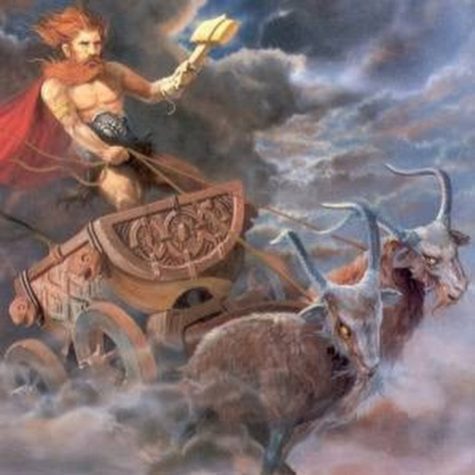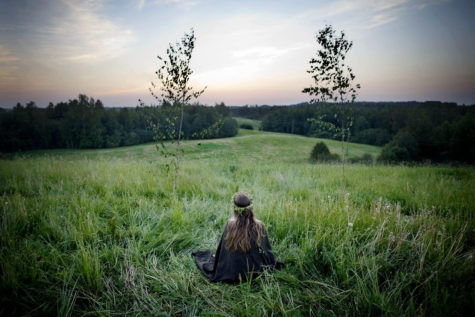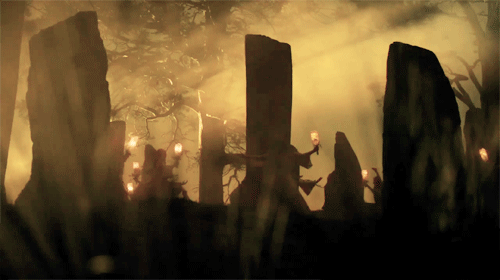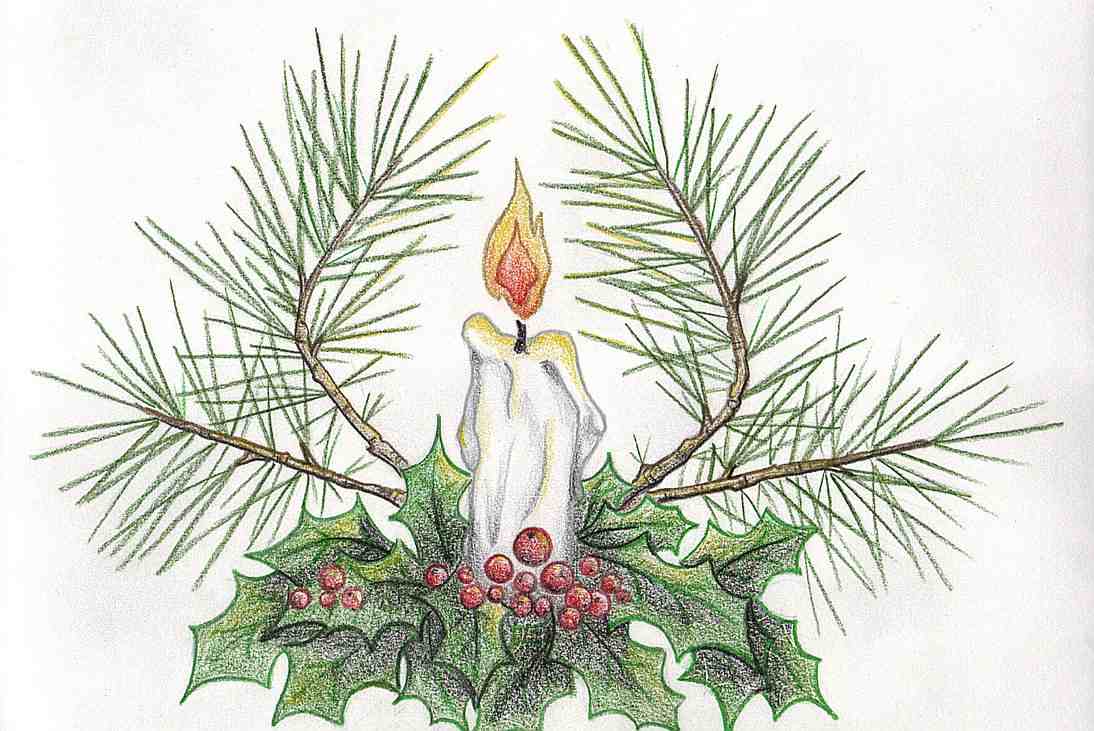Norway
Although Midsummer Day occurs at the summer solstice, or what we think of as the beginning of summer, to the farmer it is the midpoint of the growing season, halfway between planting and harvesting, and an occasion for celebration.
The most common other names for this holiday are the Summer Solstice or Midsummer, and it celebrates the arrival of Summer, when the hours of daylight are longest. The Sun is now at the highest point before beginning its slide into darkness.
Celebrating Midsummer Day
Although it’s also the feast day of St. John the Baptist, it features pagan traditions such as bonfires, fire walking, and a carnival atmosphere, all of which took place on Midsummer Eve. Certainly, it’s a night of magic and soothsaying as well, for as Washington Irving said, this is a time “when it is well known all kinds of ghosts, goblins, and fairies become visible and walk abroad.” After Midsummer Day, the days shorten.
In Sweden and Norway at the Solstice, people made wheels of fortune. Some of the wheels were wrapped in straw, set on fire, and rolled down hill. Other wheels were decorated and kept. These were used in two ways: One, the wheel was rolled away from a person to take away misfortunes; two, it was rolled toward a person to bring all kinds of good fortune.
Variations on the Midsummer celebrations:
People around the world have observed spiritual and religious seasonal days of celebration during the month of June. Most have been religious holy days which are linked in some way to the summer solstice.
- Scottish Pecti-Witans celebrate Feill-Sheathain on July 5th.
- In the Italian tradition of Aridian Strega, this Sabbat (Strega Witches call them Treguendas rather than Sabbats) is known as Summer Fest – La Festa dell’Estate.
- Scandinavians celebrate this holiday at a later date and call it Thing-Tide.
- In England, June 21st is “The Day of Cerridwen and Her Cauldron”.
- In Ireland, this day is dedicated to the faery goddess Aine of Knockaine.
- June 21st is “The Day of the Green Man” in Northern Europe.
In Lithuanian tradition, the dew on Midsummer Day was said to make young girls beautiful and old people look younger. It was also thought that walking barefoot in the dew would keep one’s skin from getting chapped.
It was customary to honor all men named John on this day by fixing wreaths of oak leaves around their doors. This is usually done in secret, and John must guess who did it or catch the person in the act, in which case he must give the person a treat.
Midsummer Celebrations in Ancient Times:
The solstice itself has remained a special moment of the annual cycle of the year since Neolithic times. The concentration of the observance is not on the day as we reckon it, commencing at midnight or at dawn, but the pre-Christian beginning of the day, which falls on the previous eve. Other names for this time in the Wheel of the Year include:
- Alban Heruin (Caledonii or the Druids)
- Alban Hefin (Anglo-Saxon Tradition)
- Sun Blessing, Gathering Day (Welsh)
- Whit Sunday, Whitsuntide (Old English)
- Vestalia (Ancient Roman)
- Feast of Epona (Ancient Gaulish)
- All-Couple’s Day (Greek)
Ancient Celts: Druids, the priestly/professional/diplomatic corps in Celtic countries, celebrated Alban Heruin (“Light of the Shore”). It was midway between the spring Equinox (Alban Eiler; “Light of the Earth”) and the fall Equinox (Alban Elfed; “Light of the Water”). “This midsummer festival celebrates the apex of Light, sometimes symbolized in the crowning of the Oak King, God of the waxing year. At his crowning, the Oak King falls to his darker aspect, the Holly King, God of the waning year…” The days following Alban Heruin form the waning part of the year because the days become shorter.
Ancient China: Their summer solstice ceremony celebrated the earth, the feminine, and the yin forces. It complemented the winter solstice which celebrated the heavens, masculinity and yang forces.
Ancient Egypt:In Ancient Egypt, summer solstice was the most important day of the year. The sun was at its highest and the Nile River was beginning to rise. Special ceremonies were held to honor the Goddess Isis. Egyptians believed that Isis was mourning for her dead husband, Osiris, and that her tears made the Nile rise and well over. Accurately predicting the floods was of such vital importance that the appearance of Sirius, which occurs around the time of the summer solstice, was recognized as the beginning of the Egyptian New Year.
Ancient Gaul: The Midsummer celebration was called Feast of Epona, named after a mare goddess who personified fertility, sovereignty and agriculture. She was portrayed as a woman riding a mare.
Ancient Germanic, Slav and Celtic tribes in Europe: Ancient Pagans celebrated Midsummer with bonfires. “It was the night of fire festivals and of love magic, of love oracles and divination. It had to do with lovers and predictions, when pairs of lovers would jump through the luck-bringing flames…” It was believed that the crops would grow as high as the couples were able to jump. Through the fire’s power, “…maidens would find out about their future husband, and spirits and demons were banished.” Another function of bonfires was to generate sympathetic magic: giving a boost to the sun’s energy so that it would remain potent throughout the rest of the growing season and guarantee a plentiful harvest.
Ancient Rome: The festival of Vestalia lasted from June 7 to June 15. It was held in honor of the Roman Goddess of the hearth, Vesta. Married women were able to enter the shrine of Vesta during the festival. At other times of the year, only the vestal virgins were permitted inside.
Ancient Sweden: A Midsummer tree was set up and decorated in each town. The villagers danced around it. Women and girls would customarily bathe in the local river. This was a magical ritual, intended to bring rain for the crops.
Information collected from various sources
July 29, is the festival of the Anglo-Saxon god Thunor and the Norse god Thor, a time of ascendant power and order. The great thunder-God Thor was honored on this date with prayers for protection of the crops against destructive storms in the older times in Europe.

Prayer to Thor for Strength
by Seawalker
Thunder rolls, lightning strikes,
And the hammer flies across the sky.
God of the weather, chariot of the storm,
Master of rain and torrents,
Son of the strength of Mother Earth,
I ask you to grant me that strength for myself.
You who are so great that you cannot walk
Across the Rainbow Bridge without breaking it,
You whose tree is the mighty oak,
O Thunor, grant me that unending sturdiness.
Let me not break beneath the blows of misfortune.
Keep me from being crushed when the powerful
Stomp their large feet on the smaller ones below.
You who are the guardian of the common man,
You who care for the farmers and workers,
Look upon me here in this place where I am
Only one of many, and protect my steps.
Make me resilient and mighty as your own arm,
Make me unbreakable, you who are Friend of Man.
I ask for one small percentage of the vigor
Of the right arm of the Thunderer,
That I might brave the tempest
And stand firm in the gales.
Thunder rolls, lightning strikes,
And the hammer flies across the sky.
Found at Thor’s Shrine




